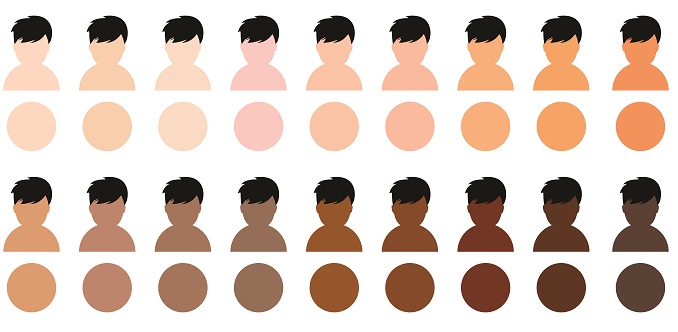Spitz nevi were first described as juvenile melanomas by Sophie Spitz in the 1940s. Spitz nevi have since been found to be “benign melanocytic neoplasms that can occur at any age and are characterized by epithelioid or spindled melanocytes”. Spitz nevi account for 1% of nevi in children. As there is only one reported case of Spitz nevi in the literature, a recent publication in the Journal of Cutaneous Pathology attempted to determine the characteristics of these nevi in the African American population.
The study reviewed nearly 30 years of laboratory information within a private academic institution in Ohio where 20% of the population is African American. For each diagnosis of Spitz nevi, the authors compiled clinical information regarding each patient’s age, sex, description of the lesion, location of the lesion, size of the lesion (mm), symptoms, differential diagnoses, treatment, final histopathologic diagnosis, and follow‐up period. Only twelve patients met the inclusion criteria, with one participant excluded due to the inability to access this individual’s paper chart. Of these 11 patients, the majority were pediatric patients.
The findings of these 11 African American patients revealed Spitz nevus diagnosis was more common in females (82%). Of these patients, eight (73%) lesions were described as hyperpigmented (brown/black/gray) while three were erythematous. The majority of the nevi were less than 10 mm in size upon presentation and were elevated lesions (papules, nodules, plaques, or domes). Additionally, the majority of these lesions were found on the upper extremity. All of these patients had their nevi excised without evidence of occurrence, although varying levels of follow up was revealed.
The authors of this study conclude, that although rare in African Americans, Spitz nevi occur and providers should be aware of their varied presentation with more frequent presentation in girls and women, increased prevalence on the upper extremity, and histopathologically, increased pagetoid extension.

